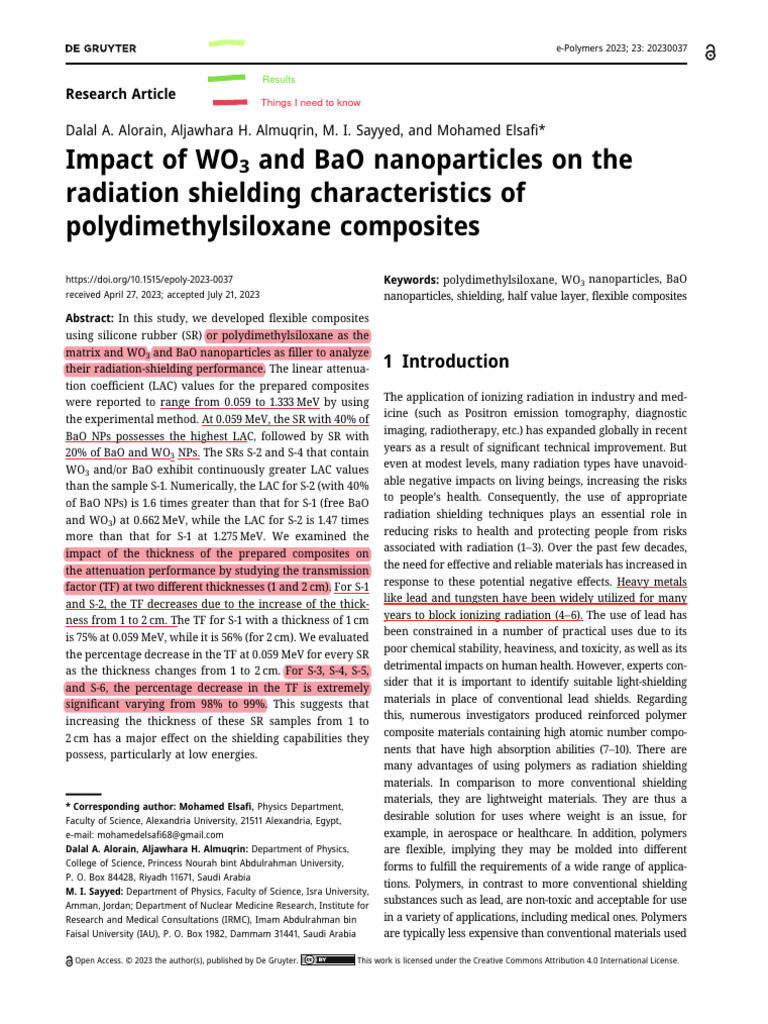Nuclear physics, a domain that unravels the mysteries of atomic nuclei and the forces that govern them, presents a plethora of fascinating research avenues. As scientists continuously push the frontiers of knowledge, one might ponder: What are the unexplored enigmas that lie within the realm of nuclear interactions? This inquiry is not only a playful provocation but also a profound challenge for researchers who seek to extend the horizons of their understanding. Herein, we explore several compelling research topics that could invigorate the field of nuclear physics.
To commence this exploration, we consider the burgeoning field of **nuclear astrophysics**. The synthesis of elements in stellar environments is a subject ripe for investigation. How do the nuclear processes occurring in the interiors of stars contribute to the elemental makeup of the universe? The nuclear reactions that govern nucleosynthesis during supernova explosions and stellar evolution offer a rich canvas for research. Understanding the production rates of rare isotopes and the role of neutron capture processes could elucidate the origins of the elements that constitute our very existence.
Building on this astronomical perspective, one can transition to the intriguing concept of **neutron stars**. These compact remnants of massive stellar collapse are characterized by their extraordinary density, leading to exotic states of matter. An outstanding question arises: What occurs within the interior of a neutron star? Researchers might investigate the equation of state of nuclear matter under such extreme conditions and explore phenomena such as hyperon production and quark-gluon plasma formation. The study of gravitational waves emitted during neutron star mergers further entwines this subject with observational astrophysics, beckoning a multidisciplinary approach.
Another tantalizing research avenue lies in the world of **nuclear decay processes**, particularly those involving exotic nuclei. The study of beta decay, alpha decay, and cluster decay in isotopes far from stability can unveil critical insights. One must ask: How do these decay modes influence the stability and synthesis of heavier elements? Investigating the Gamow-Teller transitions and their implications on reactor technology and nuclear waste management may yield significant advancements. Furthermore, employing advanced techniques such as mass spectrometry and ion beam physics can enable the extraction of pivotal data on half-lives and branching ratios of these elusive isotopes.
Meanwhile, in the arena of fundamental forces, the role of **symmetry breaking** in nuclear interactions presents another fountain of inquiry. The behavior of nuclear forces at various energy scales often contradicts established symmetries. The phenomenon of parity violation in weak interactions poses an exciting intellectual challenge. How do such violations manifest in nuclear reactions? Research in this domain could illuminate the asymmetries of matter and antimatter in the universe, potentially shedding light on the observed predominance of matter.
Let us not overlook the increasing importance of **nuclear energy** in contemporary society. As the quest for sustainable energy solutions intensifies, research into advanced nuclear reactors and innovative fuel cycles becomes paramount. Exploring the feasibility of thorium reactors and fast breeder reactors introduces both technical challenges and opportunities for novel discoveries. Furthermore, the implementation of small modular reactors (SMRs) offers a practical framework for addressing energy demands with safety and efficiency. The intersection of nuclear physics with environmental considerations opens a dialogue about the future of energy production.
A philosophical yet practical topic is the concept of **nuclear waste management**. With the paramount challenge of disposing of radioactive materials from nuclear power generation and research, one must question: What are the most effective strategies for long-term storage? Investigating advanced containment materials, deep geological storage options, and the potential for transmutation of long-lived isotopes represents a multidisciplinary approach that could centralize nuclear physics, engineering, and environmental science.
In addition, the exploration of **nuclear forensics** is becoming increasingly relevant in today’s world. With the rise in nuclear proliferation concerns, the ability to analyze nuclear materials to ascertain their origin and history is crucial. Researchers are tasked with developing techniques for characterizing isotopic signatures and understanding the implications for global security. This field not only underscores the responsibilities of physicists but also invites collaboration with policy-makers and security experts.
Furthermore, in the realm of **quantum mechanics**, the application of nuclear physics concepts towards quantum information and computation opens up new vistas. How can the principles governing nuclear spins enhance quantum computing technologies? Investigating the interplay between nuclear magnetic resonance (NMR) and quantum state preparation could unveil innovations that bridge theoretical physics with practical applications.
Lastly, we must acknowledge the vital role of **education and outreach** within nuclear physics. As future generations of scientists emerge, fostering an interest in nuclear science is essential. Developing engaging curricula and utilizing modern communication platforms could cultivate public awareness about nuclear technologies and their implications. The challenge remains: How can the fascinating intricacies of nuclear physics be succinctly conveyed to a broader audience?
In summary, the tapestry of nuclear physics is woven with myriad threads, each offering unique insights and challenges. From the stellar nursery of astrophysics to the intricate detail of nuclear reactions, from sustainability in energy to the mysteries of particle interactions, the scope for research is vast and promising. The questions posed herein serve not only as an invitation for scholarly pursuit but also as a call to arms for scientists, educators, and policymakers alike. Engaging with these topics could propel the field of nuclear physics into a new era of understanding, one that shapes the future of science and society at large.












